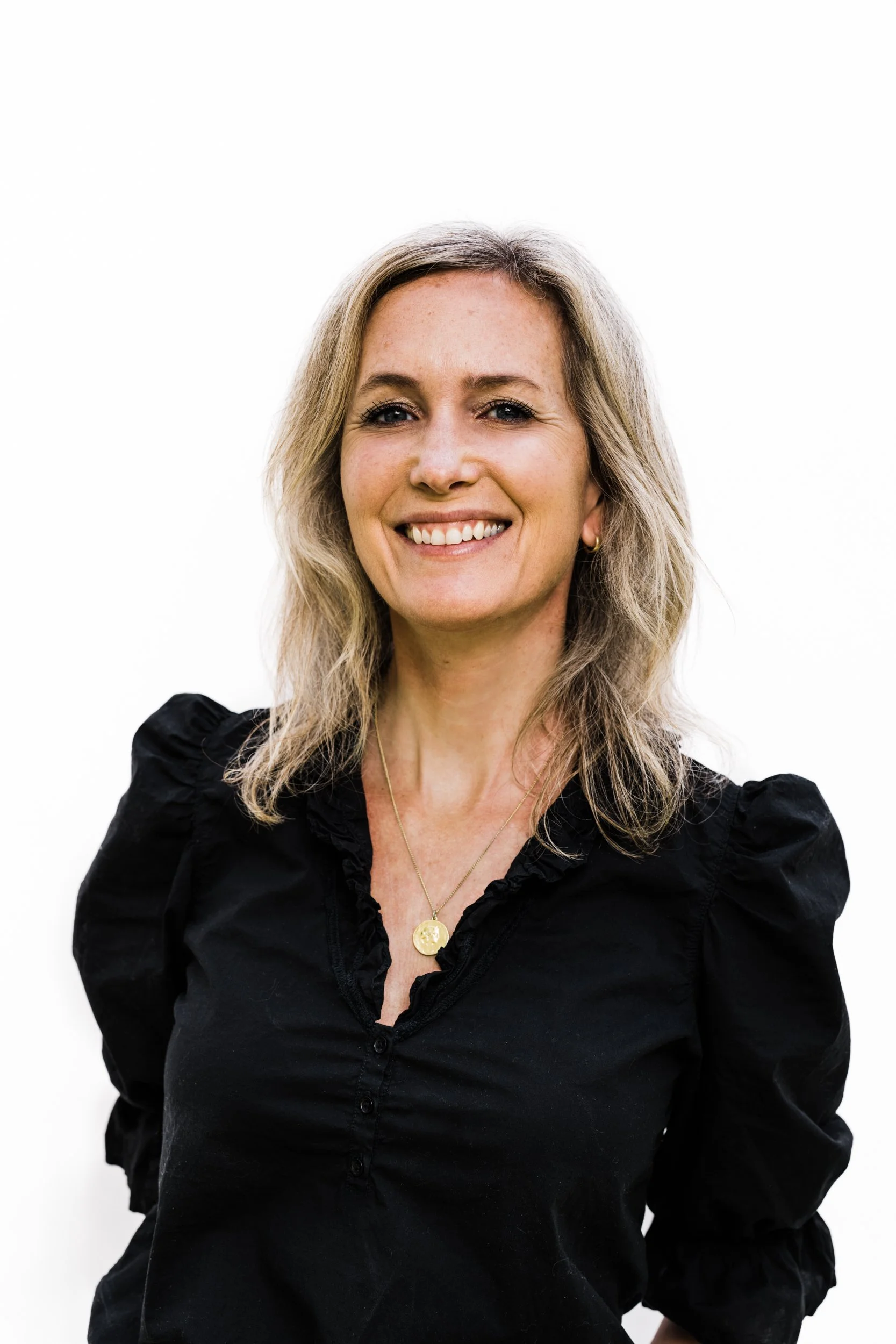Summer 2023 Publisher’s Letter
For the past many years I have kept two summer gardens going at the same time, a challenging but not impossible task. I plant early beds at home in Wayland, with neat rows of tender greens, podded peas and soft spring herbs; on Memorial Day, I fill the car with hot-weather seedlings and bring them to the other garden, in Falmouth, where we spend summers with extended family. At home the garden is a mix of containers and boxes; the Cape plot is more chaotic but somewhat bigger, with a cute picket fence and some old posts laid down to divide up the beds. And so I get an early harvest and a late one, with the added benefit of time spent outside on my own, removed from the rigors of life, work, parenting, the world.
Of all of my gardening years, 2020 was the anomaly—for so many reasons—but mostly because that was the season I decided to really go for it, boosting my crop plans way beyond the usual tomatoes, zucchini and greens. With so much extra time at home and that feeling of impending doom, like we might never eat food again if I didn’t grow it myself, I mail-ordered far too many seeds and began planting. Maybe a little too much. (I think everyone had their own particular pathology in those early, pre-vaccine days of the pandemic: Some people worried their Amazon packages carried COVID. I was afraid we would starve.)
By late April, every sunny part of the patio was crammed with edible plants—transplanted into cast-off clay pots, old jugs and random containers from the garage. In my big wooden boxes I direct-sowed three varieties of peas, a custom salad mix and some leafy braising greens. I gave my seedlings hours of attention, love and water; they thrived, and we ate the freshest, most beautiful salads I’d ever grown. Before we left for Falmouth in June I harvested the last of the peas, cleared out the containers and buried a few sprouted potato wedges into buckets. I bought a four-pack of tiny sungold cherry tomato plants and nestled them into one of the big boxes to set fruit while we were away, ready for harvest in late August. I left the last box clear for a midsummer bean planting and crossed my fingers we’d get enough rain to keep the plants happy and healthy. It was all very organized and tidy; I’d planted a Victory Garden I could be proud of so we’d have fresh food upon our return, no matter how the pandemic progressed.
My Falmouth garden, on the contrary, was a mess. The “must-plant-to-eat” mindset I’d had at home persisted, only now there were more mouths to feed and fewer options to buy produce nearby. Into the soil went all my remaining seedlings: six types of tomatoes; a patch of wax and green beans and a small container of favas; a pot of habaneros for Chris; a few varieties of cucumber; Japanese eggplants; an unsuccessful cousa squash plant (damn you, squash borer!); rows of kale, lettuce and wild rocket; perennial chives and thyme, alongside newly planted basil, dill and cilantro, plus cosmos and zinnias for the pollinators—I planted all of this in a garden the size of a postage stamp without really understanding the space they’d need once they matured. By August, that garden was cramped and filled with weeds and pests; even with daily care and nurturing the upkeep was frustrating, far more than I could manage. The cucumber vine lurched off its frame, threatening to pull down the rose of Sharon outside the fence. The chipmunks, in search of water to escape the summer drought, snuck through the fence and chomped my juiciest tomatoes; cabbage moths made lace of the kale crop. But despite its unruly appearance, this tangled vegetation managed to feed us all summer long and continued to produce for the neighbors long into the fall, after we’d gone back to Wayland—where the sungolds and haricots verts I’d left behind were at their peak and the potatoes ready to dig, despite having been neglected for months.
Never one to ignore a good gardening-as-parenting metaphor, I was recently reminded of these two divergent gardens. You see, lurking menacingly at the end of this summer—like a doomsday countdown—is the dreaded empty nest I’ve known was coming since the day I became a parent. But it was supposed to be years away, not now! It all went by so quickly—and the lost pandemic years didn’t help. My kids are mostly grown; they’re 18 and 16 and by Labor Day both will be away at boarding school and Chris and I will be alone. I’ll miss them more than I can ever express, and yet I know it’s time for them to move on, to fly the coop. They’re ready.
The last two years have been intense as our family navigated this school change process. And I’ve been thinking a lot about how raising my younger kids—while inherently more hands-on at the time—was so much more straightforward than these turbulent years of parenting young adults. So here is my analogy: A spring garden is a baby, requiring constant care and feeding, but given the proper attention, it thrives. That same garden in summer’s adolescence, messy with weeds and bugs, needs just as much comfort and guidance (perhaps more!), but it can easily get away from you, exasperate and annoy you, make you cry and wonder what all that work is for. Underneath the chaos, though, there’s a harvest waiting to feed you back. And sometimes, against all odds, if you can leave well enough alone, maturity happens.
I wish you a happy and healthy summer season full of food, friends and family.
Sarah (*Written by a human, like the rest of this and every issue.)

